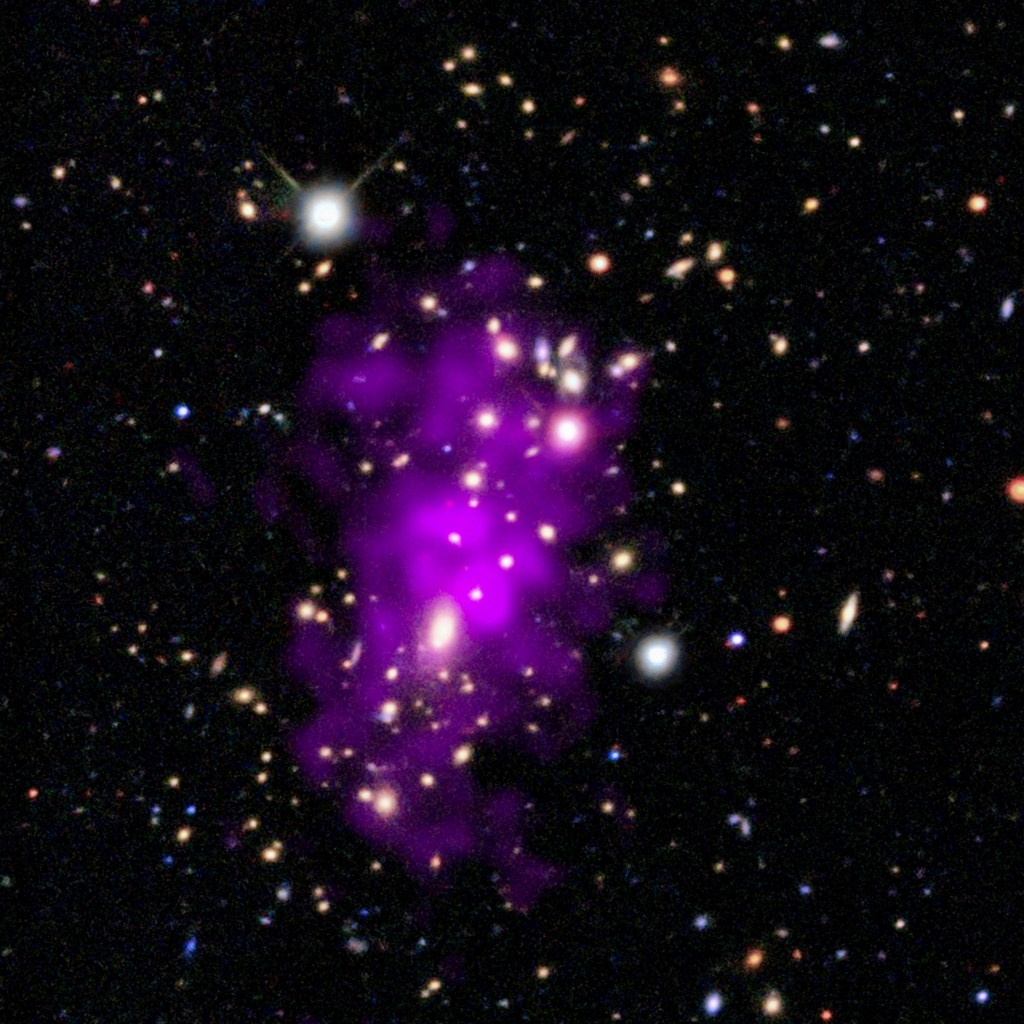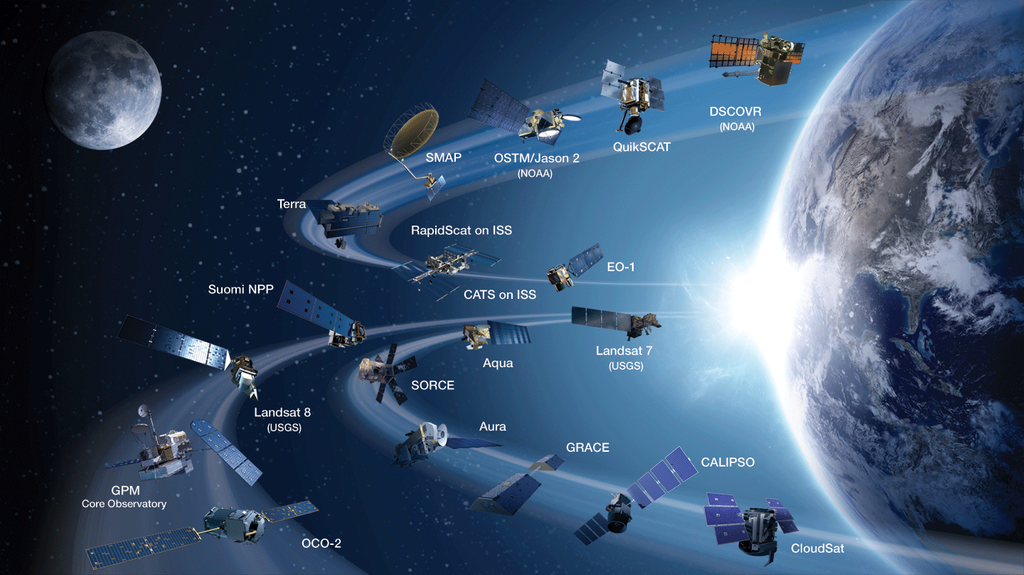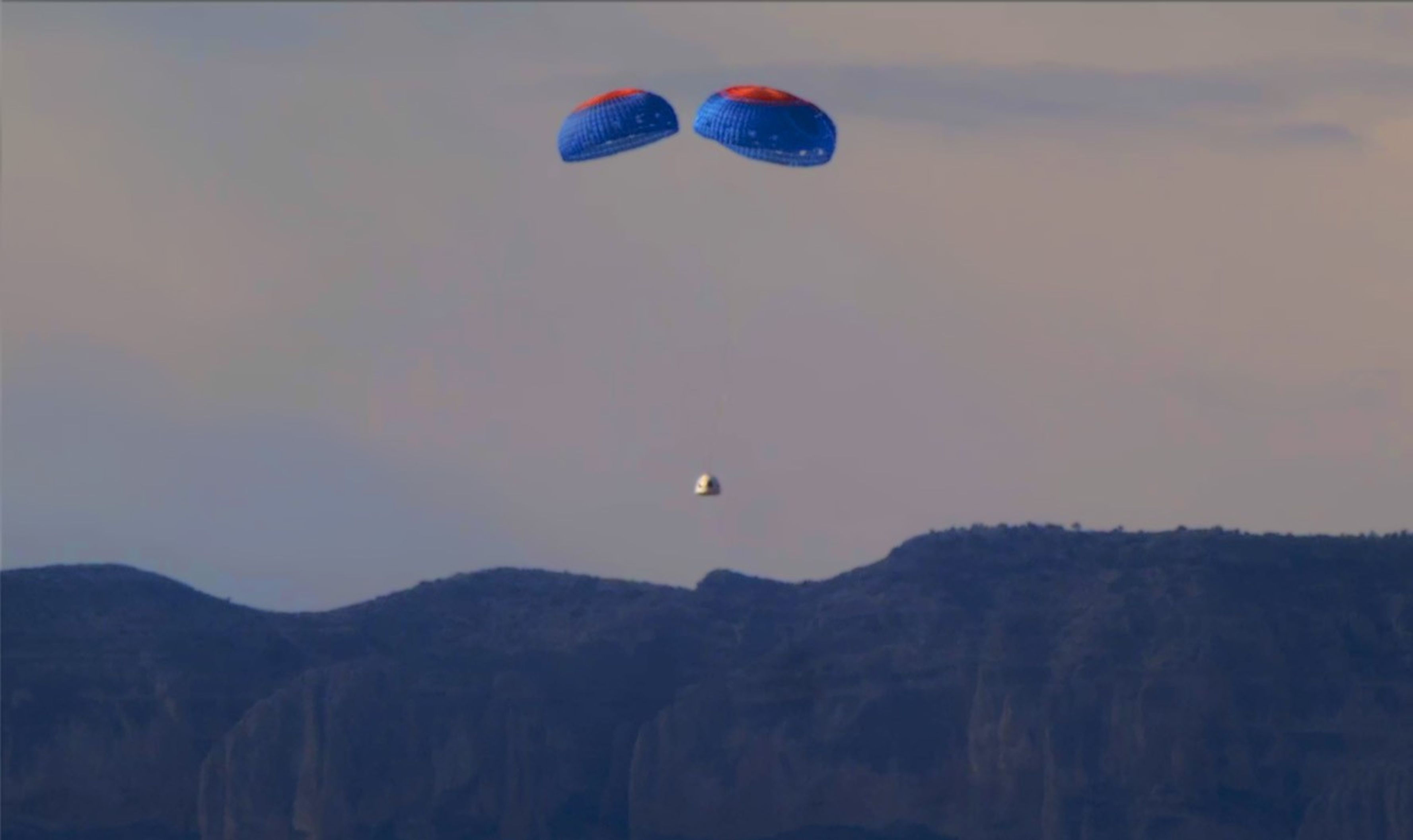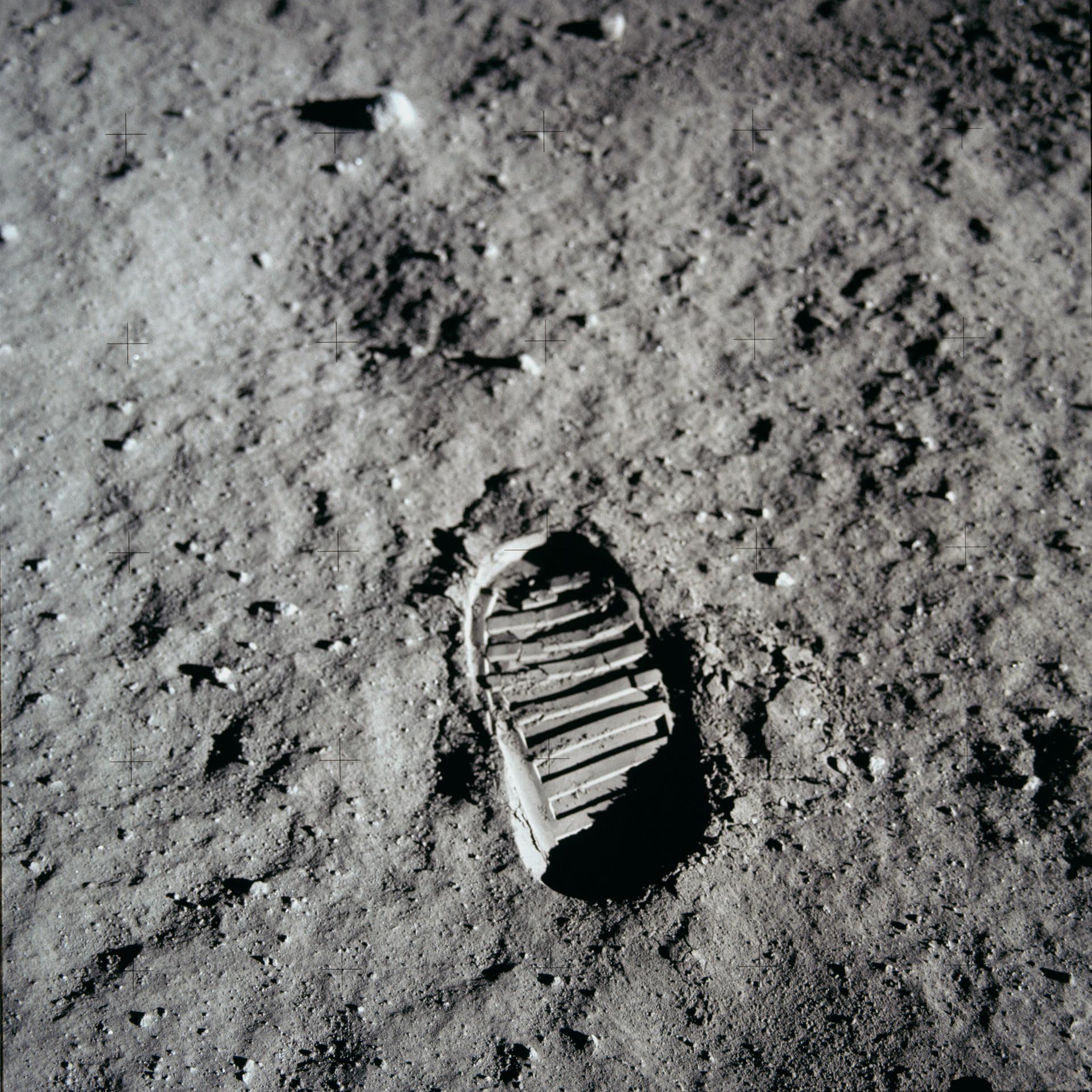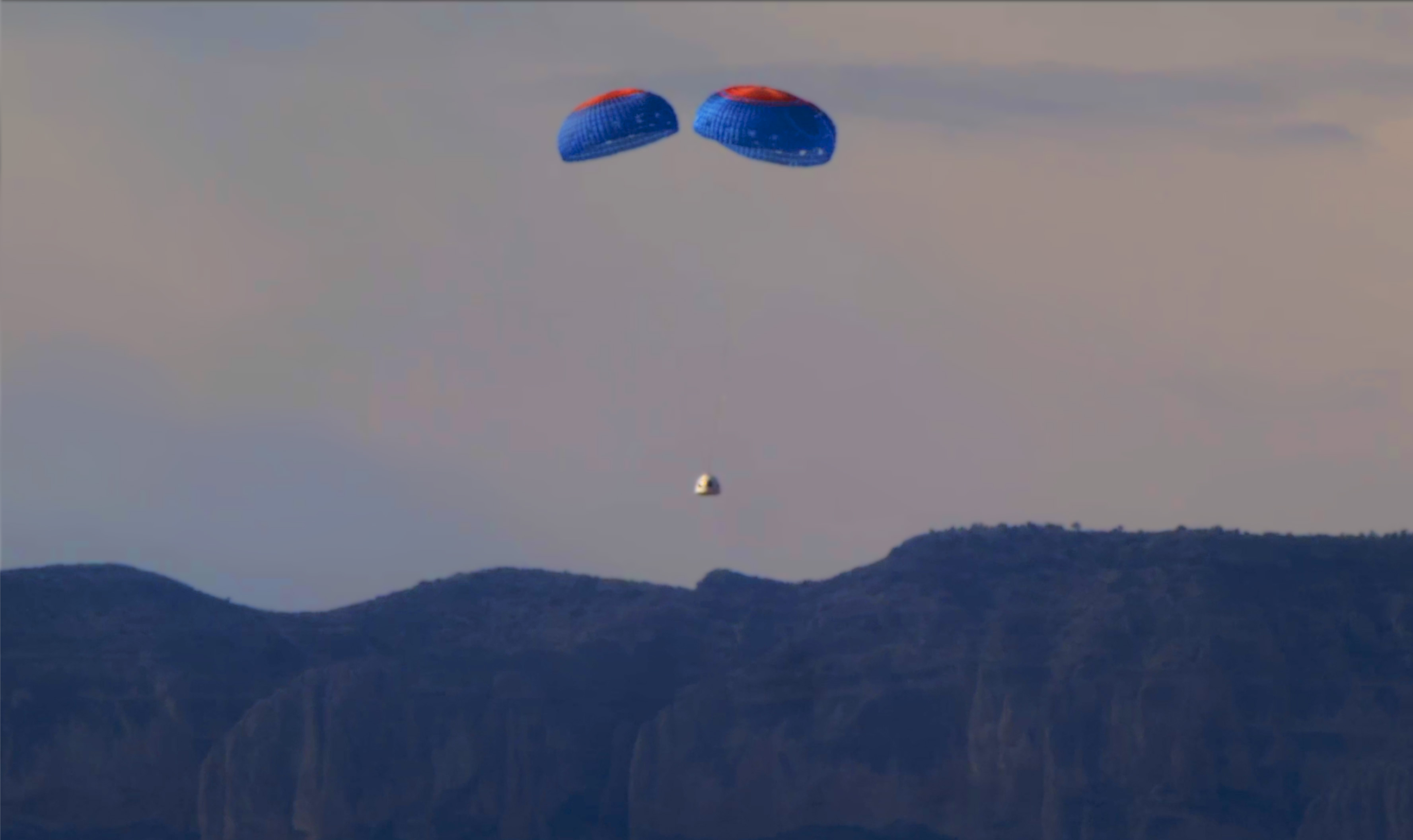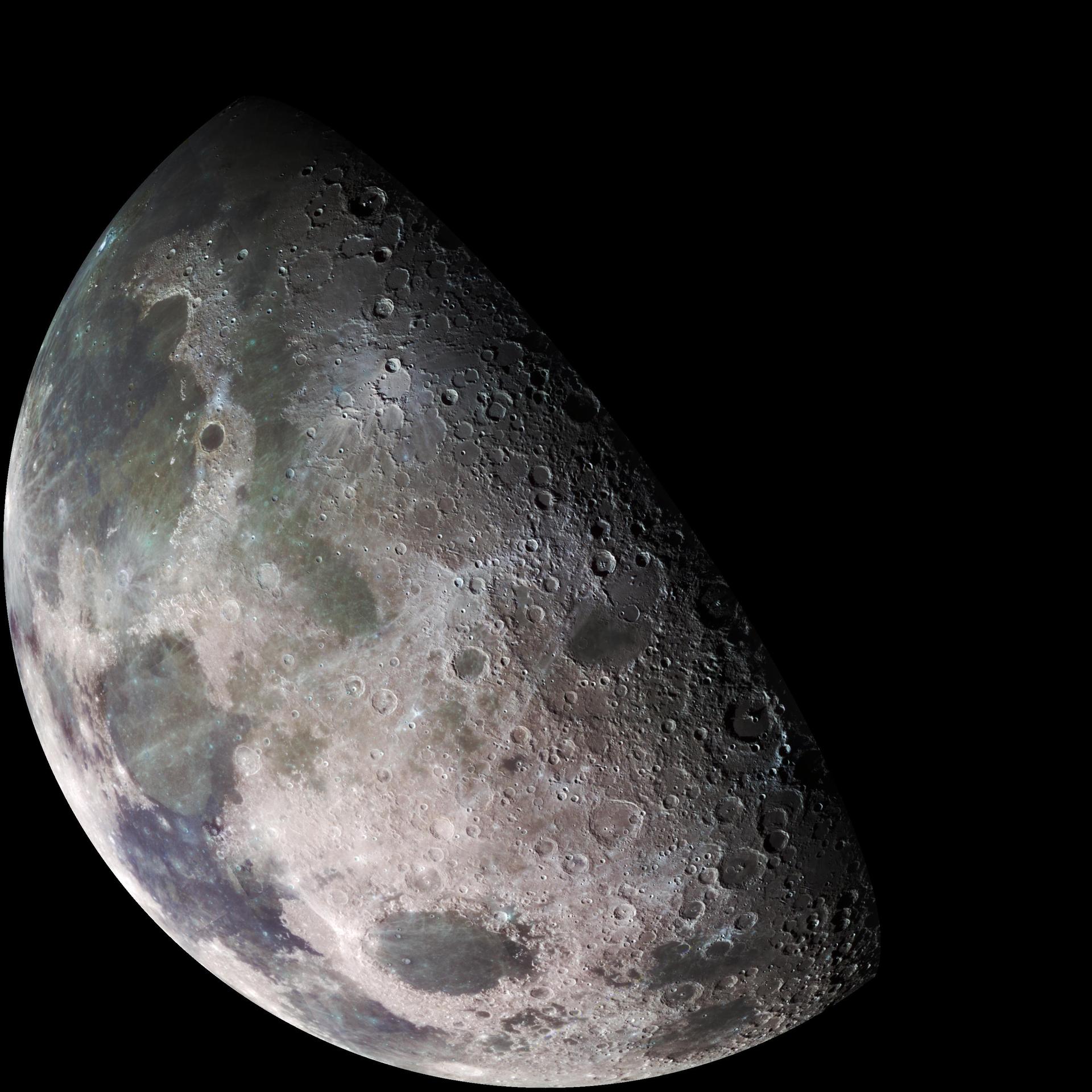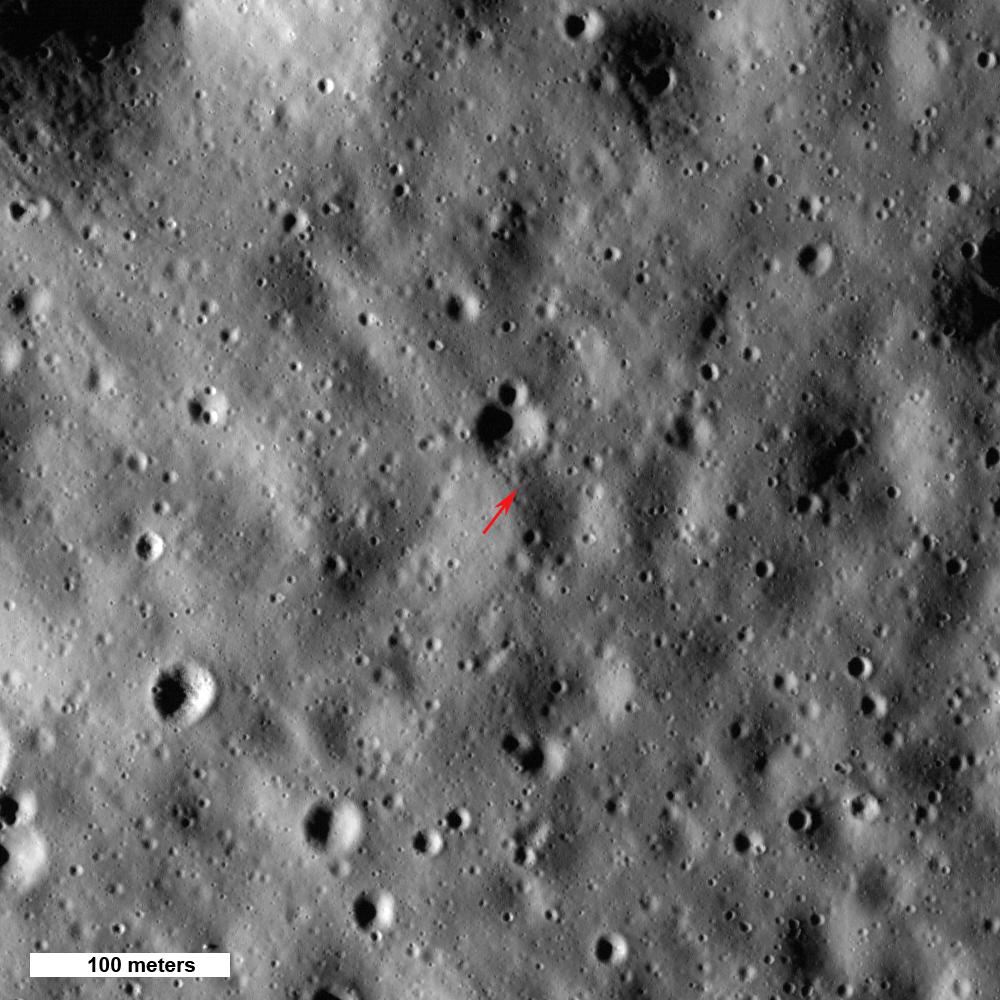What Hazards Are Caused by Lunar Regolith?
On Earth, a quick sweep of a dirty shelf can solve a dust problem. Lunar dust, however, creates a more dangerous challenge than just cleaning.
The Moon’s surface is covered in a dusty material, which is part of the composition of lunar regolith. When astronauts explore the Moon on NASA’s Artemis campaign, they must deal with challenges created by these tiny dust particles.
Floating, Pointy, Clingy Dust
Not only is lunar regolith more prone to being kicked up and coating items thanks to the Moon’s weaker gravity, it is also sharp and sticky.
The Moon is consistently hit by rocks that pound the surface into small particles of regolith, sharp particles that act like tiny pieces of glass. Without wind and water to erode the edges or pack the regolith down, the Moon is left with a surface full of sharp dust ready to be lofted.
The lunar surface is also hit by particles that have been charged up by the Sun and other stars. This charges up the regolith, making it cling to any nearby item, just like your hair being pulled towards a balloon that was rubbed on your head.
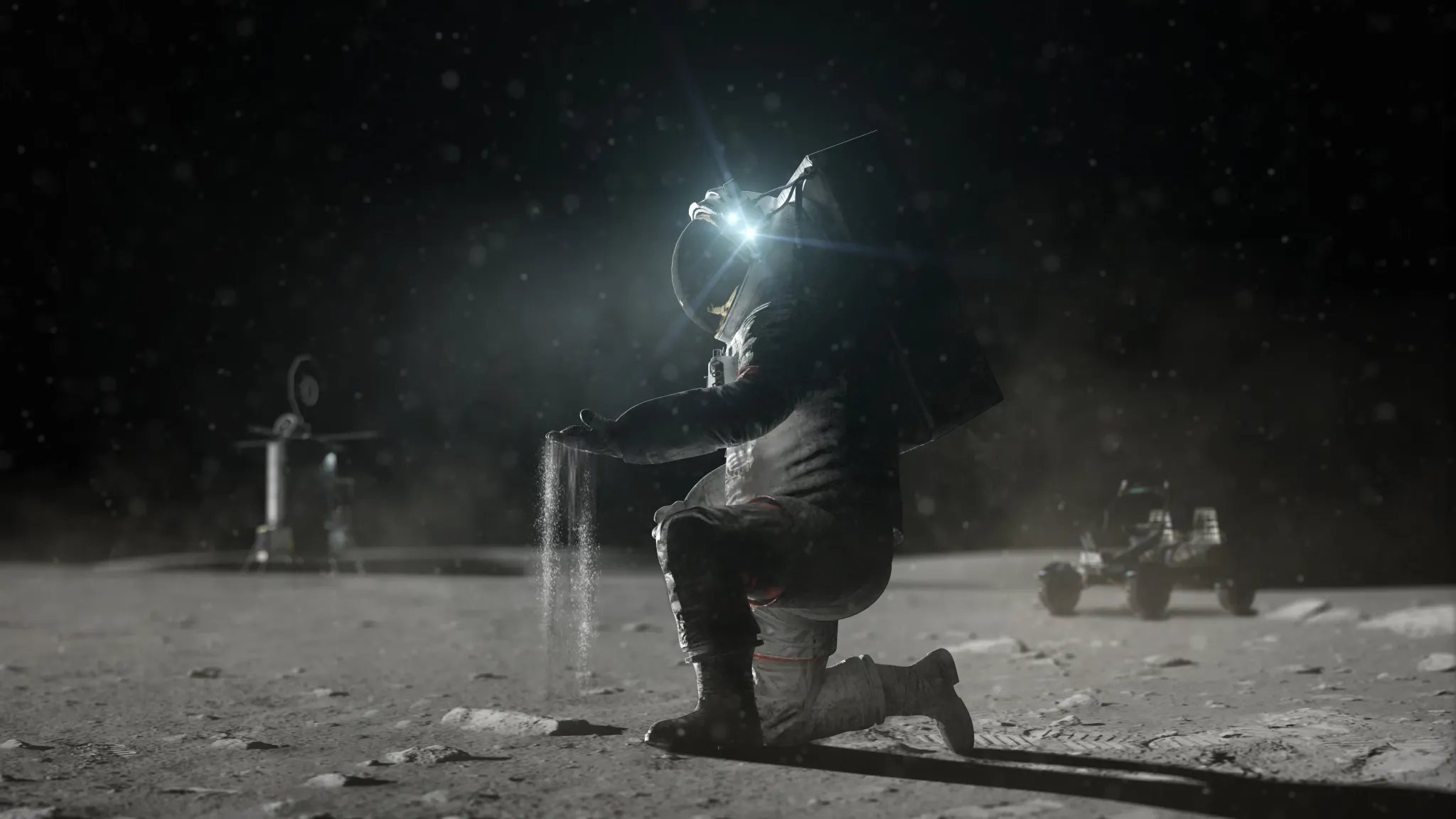
Inhaling Regolith
All that static attraction and lofting means astronauts could be more likely to inhale lunar dust that gets in their spacecraft. As learned from the history of the mining industry, breathing in rock dust daily over years can affect lung health and function. Current lunar missions are planned for much shorter timescales, however.
While the full health effects of inhaling lunar dust are not yet known, NASA’s Apollo astronauts reported sneezing and nasal congestion after breathing in the regolith that clung to their spacesuits and made it inside their spacecraft. Scientists believe the size and chemical properties of the regolith could be the cause of these symptoms, which may get worse or cause additional issues if astronauts are exposed to it for longer periods.
Intriguingly, there is no data to suggest that lunar dust will cause allergies in anyone, even people who are allergic to dust on Earth. But that could change if people go back to the Moon repeatedly or spend weeks on the lunar surface.
Damage to Structures
Lunar regolith’s sharp edges are also hard on things like spacesuits and seals. On Apollo missions, regolith ate away at spacesuit boots and the vacuum seals of sample containers, and clogged mechanisms. If enough regolith sticks to equipment, it could cause instruments to overheat or not function as intended.
Making the Moon Safe
Dealing with all that dust is one challenge NASA aims to tackle. Some of the technologies scientists and engineers are developing include surface stabilization, filtration, and dust tolerant fabrics.
For example, the agency’s Electrodynamic Dust Shield was tested in low Earth orbit on the exterior of the International Space Station, as well as on the surface of the Moon aboard Firefly's Blue Ghost lunar lander. The space station test studied dust mitigation on cameras on lunar landers and rovers. The suborbital Electrostatic Regolith Interaction Experiment even looked at static charge and how dust granules interacted with astronauts and their equipment.
Crew lung health was also studied on the station through the Airway Monitoring study, which suggested that baseline lung health during spaceflight might be different from what’s experienced on Earth. Results from the study could help scientists better understand how dust particles affect lungs during long-duration missions.
Studies like this aim to equip Artemis moonwalkers with the techniques and knowledge they need to stay healthy and will hopefully improve the safety of all astronauts who travel to the Moon and beyond.
Related Resources
About BPS
NASA’s Biological and Physical Sciences Division pioneers scientific discovery and enables exploration by using space environments to conduct investigations not possible on Earth. Studying biological and physical phenomenon under extreme conditions allows researchers to advance the fundamental scientific knowledge required to go farther and stay longer in space, while also benefitting life on Earth.













